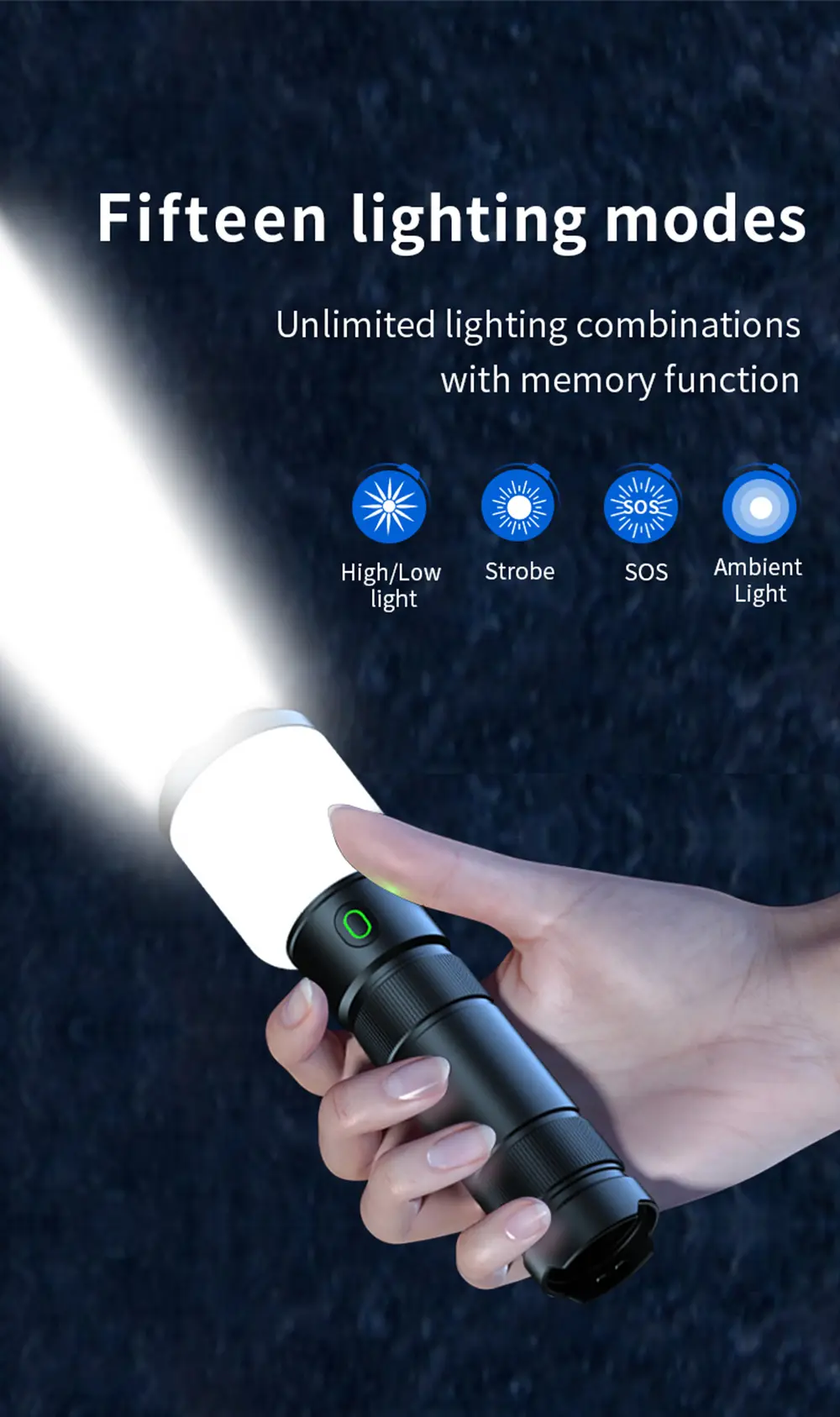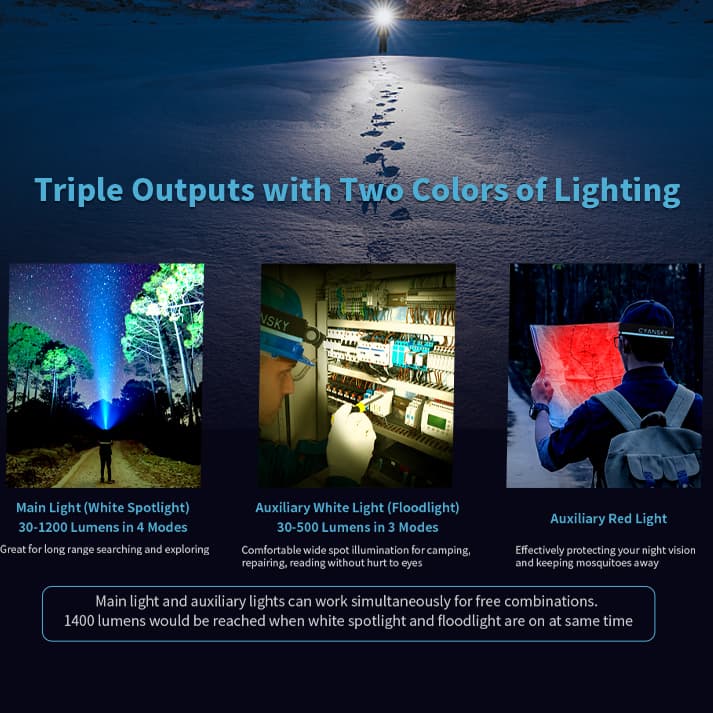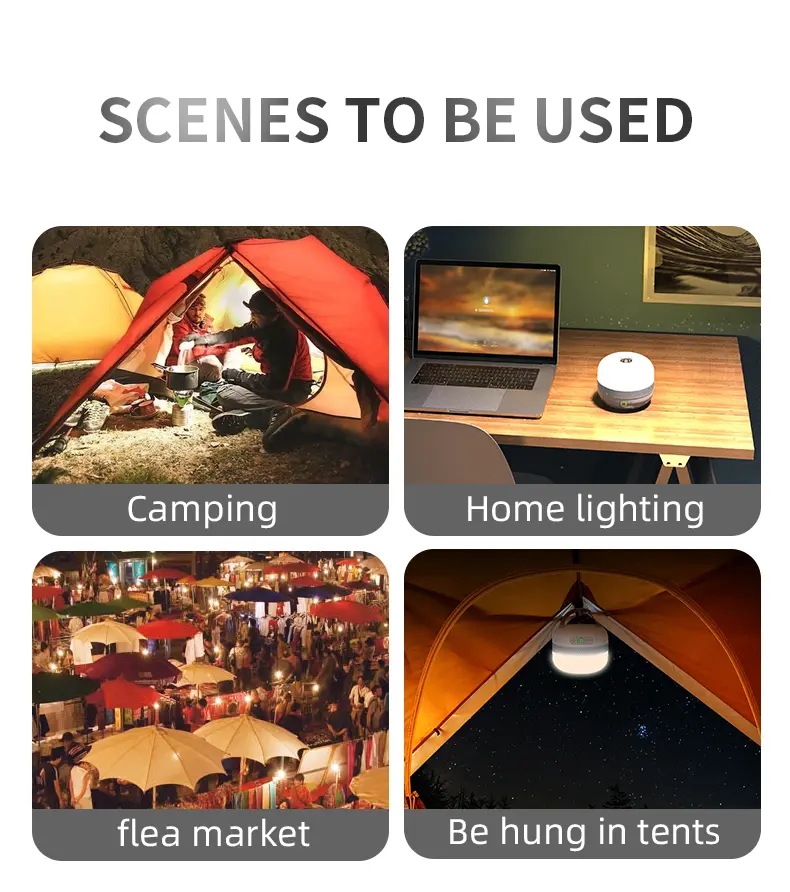© Copyright 2023 Heliusworld - All Rights Reserved
Illuminating Your Backcountry Adventures
When embarking on backcountry hiking, having a reliable flashlight is crucial for ensuring your safety and convenience throughout your wilderness trekking. Whether you're venturing into remote hiking trails or engaging in off-grid exploration, a dependable light source is essential. A high-quality flashlight will not only illuminate your path but also help you navigate through challenging terrains and unexpected obstacles. It provides peace of mind knowing that you have a reliable tool to rely on when darkness falls. In the following sections, we will delve into the key considerations for selecting the right flashlight that suits your backcountry hiking needs.
Key Considerations for Flashlight Selection
When it comes to choosing the right flashlight for your backcountry hiking adventures, several key factors should be taken into consideration. These factors include brightness, beam distance, modes, battery life, and power source options.
Brightness, Beam Distance, and Modes
One of the primary considerations when selecting a flashlight is its brightness. Evaluating flashlight brightness ensures optimal visibility in dark backcountry environments. Look for torches with high lumen ratings as they provide brighter illumination. Additionally, consider the beam distance to determine how far the flashlight can effectively illuminate your surroundings. This is particularly important for navigating through vast wilderness areas or when signaling for help.
Exploring different lighting modes is also essential for versatile lighting options. Many flashlights offer multiple modes such as high, low, and strobe. High mode provides maximum brightness for illuminating distant objects or trails, while low mode conserves battery life and offers softer illumination for close-range tasks like reading maps or setting up camp. Strobe mode can be used as an emergency signal or to disorient potential threats.
Battery Life and Power Source
Battery life is another critical consideration when selecting a flashlight for backcountry hiking. Opt for a torch with long battery life to avoid running out of power during extended hikes. This ensures that you have a reliable light source throughout your outdoor adventure.
Consider the power source options available for flashlights. Rechargeable batteries are a popular choice as they offer sustainability and can be easily recharged using solar panels or portable chargers. Solar-powered flashlights are also an eco-friendly option that harnesses renewable energy from the sun.
Evaluate the convenience of battery replacement and availability in remote areas. It's important to choose a flashlight that uses commonly available batteries so that you can easily replace them if needed during your backcountry excursions.
By considering these key factors - brightness, beam distance, modes, battery life, and power source options - you can make an informed decision when selecting the perfect flashlight to accompany you on your outdoor adventures.
Exploring Flashlight Types for Outdoor Adventures
When it comes to selecting a flashlight for your outdoor escapades, there are various types to consider. Each type offers unique features and benefits that cater to different needs and preferences.
Traditional Handheld Flashlights
Traditional handheld flashlights are the most common and widely used type of flashlight. They come in a range of sizes, from compact pocket-sized models to larger, more powerful options. These flashlights offer versatility and ease of use in various hiking scenarios. They can be easily held in hand or attached to gear using clips or lanyards.
One advantage of handheld flashlights is their ability to provide focused illumination. Their beam can be directed precisely where needed, making them ideal for tasks such as reading maps, setting up camp, or searching for items in your backpack. However, they do require one hand to hold the flashlight, which may limit other activities.
Headlamps for Hands-Free Lighting
Headlamps are another popular choice among outdoor enthusiasts due to their hands-free lighting capabilities. These flashlights are worn on the head using an adjustable strap, allowing you to have a light source without occupying your hands. This makes headlamps particularly suitable for nighttime hiking or tasks that require both hands, such as cooking meals or setting up tents.
One significant benefit of headlamps is their extended battery life compared to traditional handheld flashlights. Since they typically use lightweight batteries positioned at the back of the headband, headlamps can provide hours of continuous illumination without adding extra weight to your hands.
Whether you opt for traditional handheld flashlights or headlamps, choosing the right type depends on your specific needs during wilderness expeditions and nature exploration. Consider factors such as comfort, convenience, and lighting requirements when selecting the perfect flashlight model for your outdoor adventures.
Ensuring Reliability: Waterproof and Durability Features
When venturing into the great outdoors, it's essential to have a flashlight that can withstand the elements and rugged conditions. Two key features to consider for ensuring reliability are waterproof capabilities and durability.
Waterproof Flashlights for Wet Environments
In rainy or water-related hiking situations, having a waterproof flashlight is of utmost importance. These flashlights are designed to resist water infiltration, allowing them to function even in wet environments. Whether you encounter heavy rain, river crossings, or unexpected downpours, a waterproof flashlight will continue to provide reliable illumination when you need it most.
When selecting a waterproof flashlight, it's important to consider different waterproof ratings. Flashlights with higher IPX ratings offer increased protection against water intrusion. For example, an IPX7 rating means the flashlight can be submerged in up to 1 meter of water for 30 minutes without damage. Understanding these ratings will help you choose a flashlight suitable for various outdoor activities and environments.
Durable Construction for Rough Terrains
Backcountry hiking often involves traversing rough terrains that can subject your equipment to significant wear and tear. Therefore, durability is crucial when selecting a flashlight for outdoor adventures. Look for flashlights made from durable materials such as aluminum or impact-resistant plastics that can withstand rough handling and outdoor conditions.
Flashlights with durable construction are less likely to break or malfunction during your wilderness expeditions. They can endure accidental drops, impacts against rocks or trees, and other physical stresses encountered along the way. By investing in a sturdy and well-built flashlight, you ensure that your light source remains intact throughout your backcountry excursions.
By considering both waterproof capabilities and durability when choosing a flashlight, you can have peace of mind knowing that your lighting device will perform reliably in any weather condition or challenging terrain.
Powering Your Adventures: Battery Life and Power Sources
When it comes to backcountry hiking, ensuring a reliable power source for your flashlight is crucial. Maximizing battery life and exploring different power source options are key considerations for powering your adventures.
Maximizing Battery Life in the Backcountry
To make the most of your battery life during backcountry hikes, there are several tips and tricks you can employ. One effective technique is to use lower brightness settings on your flashlight whenever possible. By reducing the brightness level, you conserve energy and extend the overall battery life.
Carrying spare batteries is another smart strategy. Having extra batteries on hand ensures that you won't be left in the dark if your primary battery runs out of power unexpectedly. It's also advisable to keep batteries warm in cold weather, as low temperatures can reduce their performance.
Exploring Different Power Source Options
When it comes to power sources for flashlights, there are various options available, each with its own pros and cons. Disposable batteries, such as AA or AAA alkaline batteries, are widely accessible and convenient for quick replacements. However, they can be costly over time and contribute to environmental waste.
Rechargeable options provide a more sustainable solution. Rechargeable batteries can be reused multiple times, reducing waste and saving money in the long run. They can be charged using portable chargers or solar panels while on the go.
For those seeking renewable energy sources, solar-powered flashlights offer an eco-friendly alternative. These flashlights harness energy from the sun through built-in solar panels, providing a sustainable power supply during daylight hours.
Hand-crank flashlights are another renewable option that allows you to generate power by manually cranking a handle. While they may require some effort to charge, they provide a reliable backup option when other power sources are unavailable.
By considering factors such as battery life and different power source options, you can ensure that your flashlight remains powered throughout your backcountry adventures.
Finding Your Perfect Backcountry Flashlight
When it comes to finding the perfect flashlight for your backcountry hiking adventures, it's essential to consider the specific needs of your wilderness trekking. Evaluate factors such as brightness, durability, power source, and waterproofing to make an informed decision. By choosing the right flashlight, you ensure that you have a reliable light source for remote hiking, off-grid exploration, and other outdoor activities. Whether you're selecting a traditional handheld flashlight or a hands-free headlamp, picking the ideal light source will enhance your overall experience in the backcountry. Take into account your requirements and preferences to find the suitable flashlight that will accompany you on your wilderness expeditions.
See Also
A Comprehensive Guide for Outdoor Enthusiasts: Choosing the Perfect Flashlight Color
Finding the Ideal Flashlight for Hiking: A Guide to Rechargeable Options
A Comprehensive Guide to Selecting the Perfect Flashlight for Your Home
Mastering the Art of Selecting the Perfect EDC Flashlight: 5 Essential Tips
A Guide to Selecting the Ideal Flashlight Kit for New Hunters



